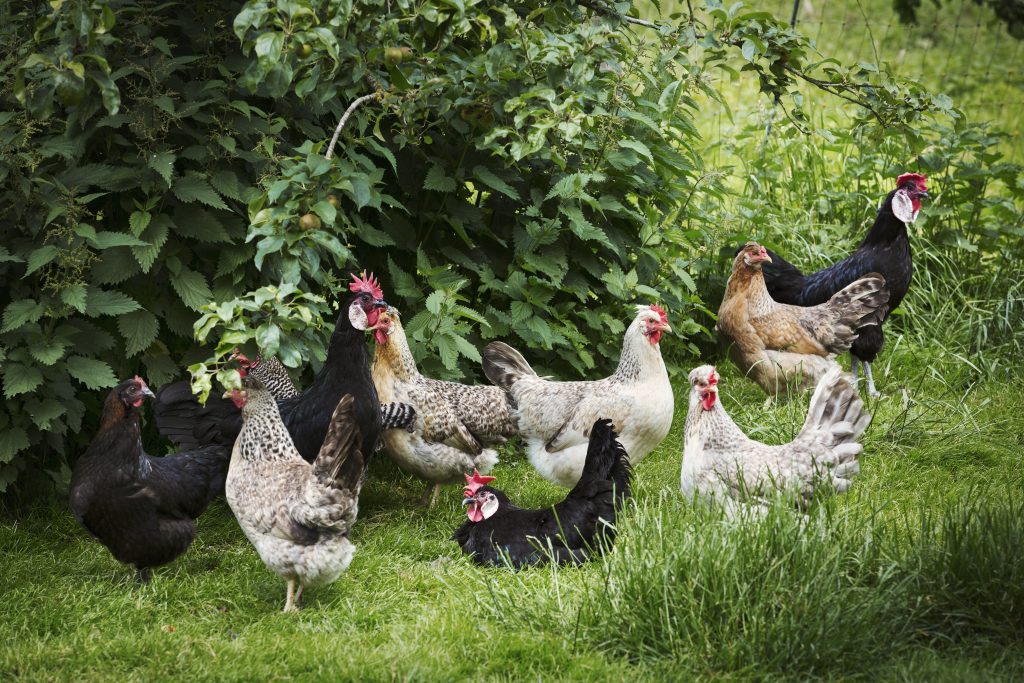What’s Going On?
Want to get the best out of your backyard flock? NRM Nutritionist Stacey Cosnett shares some tips for troubleshooting.

Our feathered friends can bring a lot of joy but they can also provide the odd challenge or tricky situation. The first step is what are they eating? When it comes to food, it is essential we are providing an option that gives them what they need to thrive. This means a good-quality layer feed, containing balanced levels of protein, energy and micronutrients. Feed should be available ‘buffet style’ so they can eat whenever they choose – free-access feeders such as Feed-o-Matics are great for this.
While the 2024 bird flu outbreak in Otago (strain H7N6) looks to have been successfully contained, there is still risk of the more-concerning H5N1 strain reaching New Zealand. The best way chicken owners can prepare for this is to improve biosecurity and follow good housekeeping, such as quarantining new birds in a separate area away from other birds for 14 days to ensure they are healthy before introducing to your flock. Keep your bird housing, bedding and equipment clean. Virkon S disinfectant is a great choice as it’s effective against avian influenza. Avoid using the same clothing and footwear around your birds if you have visited other flocks or events such as shows.
The use of nipple water drinkers and automatic feeders such as Feed-o-Matics to deter wild birds are also a great idea.
Falling feathers
There are three common reasons why your chickens might be losing their feathers:
- Moulting – This usually happens as day length shortens heading into winter. Chickens going through a moult can go off the lay and it’s worthwhile moving heavily moulting chickens onto a lower calcium feed such as NRM Pullet Grower Pellets while they regrow their feathers, then move them back to a layer feed once they start laying again.
- Bullying – Occasionally jostling in the pecking order can turn into bullying, with hens singled out and targeted. This behaviour can increase because of boredom or not enough coop space. One trick is to occupy chickens with other things to peck at like a pecking block.
- Lice or Red Mites – Lice are easy to spot on your chickens, but red mites are harder to find as they live in the coop and appear during the night to suck blood from chickens. Take a torch out to the coop in the evening and see if you can spot any.
Off the lay
Not getting the egg production you expect? Perhaps your chickens aren’t getting what they need. If birds are offered too many vegie scraps or if wholegrains are mixed in with layer feed, this could be decreasing production.
It is also important they have access to water as insufficient water intake reduces egg production.
Do you have an ageing flock? As birds get older, they lay fewer eggs. They will be most productive in their first year. Older chickens also lay larger eggs but deposit the same calcium into the shell, which means thinner shells. If you do want to maintain production, it’s best to have a replacement strategy in place, so you have young birds coming through your flock.
As a nutritionist for NRM and Head of Animal Performance at Farmlands, Stacey loves helping backyard chicken owners to get as many delicious eggs as possible and enjoy the experience along the way. farmlands.co.nz

